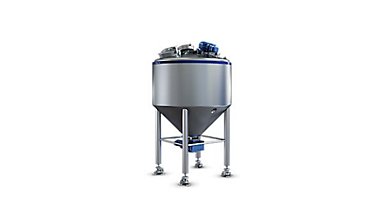Achieve your full potential
Today's food and beverage producers need access to cutting edge processing equipment, along with deep expertise of markets, processes and technologies. Our solutions and best practices will help you excel in food safety, efficiency, product quality and environmental performance.
Our dedicated team brings decades of application expertise to your projects, delivering not only guaranteed performance but also providing steadfast support throughout the plant's lifetime.
Processing equipment
We provide complete solutions and equipment for dairy, cheese, ice cream, JNSD and other beverages, powder, plant-based, food and New Food. Our processing equipment enables food manufacturers to achieve superior production. We deliver plant solutions with high performance and offer support over the lifetime of the plant. With our technical capability and strong local presence, we can meet all your product and process needs.











































































